What is the Federal Reserve’s balance sheet?
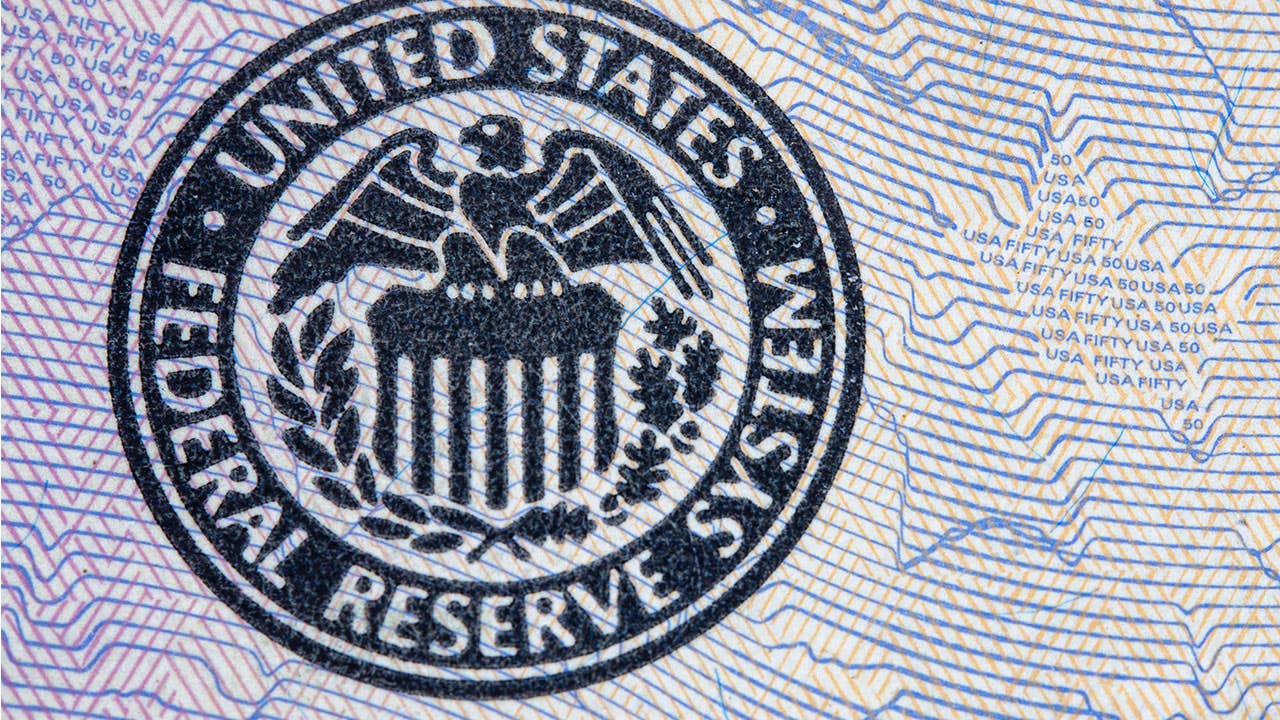
The Bankrate promise
At Bankrate we strive to help you make smarter financial decisions. While we adhere to strict , this post may contain references to products from our partners. Here's an explanation for .
Key takeaways
- The Federal Reserve uses its balance sheet during severe recessions to influence the longer-term interest rates it doesn't directly control, such as the 10-year Treasury yield, and consequently, the 30-year fixed-rate mortgage.
- During the COVID pandemic, the Fed expanded its balance sheet to almost $9 trillion through three different iterations of large-scale asset purchases, often referred to as quantitative easing (QE).
- Fed officials have been normalizing, or shrinking, its balance sheet to help cool inflation since June 2022, though experts say it's unlikely to ever return to pre-pandemic or even pre-financial crisis lows.
One of the most esoteric aspects of Federal Reserve policy has proven to be the U.S. central bank’s most powerful economic tool: the balance sheet.
But even though it’s hard to translate Fed speak into everyday English, this isn’t a topic to ignore. While most consumers focus on whether the Fed is raising or lowering interest rates, this behind-the-scenes aspect of Fed policy has major implications for the U.S. economy, the stock market, monetary policy and your pocketbook. It may also soon return to the spotlight if officials end up cutting interest rates this year.
Here’s everything you need to know about the Fed’s balance sheet, including what it is, why it’s important and how it could impact you.
What is the Fed’s balance sheet?
The Fed’s balance sheet is a financial statement updated weekly that shows what the U.S. central bank owes and owns. More officially, it’s the Fed’s H.4.1 statement.
It’s not dissimilar to the financial bookkeeping you may do in your own life. You probably have an idea of the different types of debts you may owe, such as student loans, credit cards or a mortgage. In accounting terms, those are considered liabilities. In contrast, the things you own — stocks, bonds, savings, certificates of deposit (CDs) or a house, for example — are considered assets. The same goes for the Fed.
What’s on the Fed’s balance sheet?
U.S. paper currency, as well as money that commercial banks hold in accounts at the Fed, are counted as a liability. Treasurys and other securities, on the other hand, are considered assets.
Securities held outright make up about 94 percent of the Fed’s total balance sheet. Nearly two-thirds are Treasury securities, including shorter-term Treasury bills, notes and bonds. Mortgage-backed securities make up another almost one-third.
The Fed, by law, can only purchase government-backed debt, but in severe emergencies, it’ll create a special “lending facility” that it’ll fund, along with funding from the Treasury Department as a backstop. Then, it’ll use that facility to purchase other types of debt, such as corporate or municipal bonds. Those special facilities are then listed on the Fed’s balance sheet, as they were in the aftermath of the coronavirus crisis.
How does the Fed use its balance sheet to conduct monetary policy?
The Fed’s balance sheet is important for monetary policy because officials use it to influence the longer-term interest rates that its key benchmark interest rate — the federal funds rate — doesn’t normally control. When officials want to stimulate the economy, they buy more assets and grow their portfolio. When they want to restrict growth, they let assets roll off and shrink their balance sheet.
The balance sheet has drawn national attention since the Great Recession. In November 2008, then-Fed Chairman Ben Bernanke faced a financial panic. The Fed reduced interest rates to virtually zero, but those moves still weren’t enough to jump-start an economy suffering its worst turmoil since the Great Depression.
To inject more life into the financial system, the Fed turned to unconventional and unprecedented measures: It started buying long-term Treasurys, federal agency debt and mortgage-backed securities to “increase the availability of credit” for home purchases and prop up the economy, according to a Fed statement from 2008.
These purchases were dubbed “quantitative easing,” or QE, by financial experts. The Fed, however, prefers “large-scale asset purchases,” says Joe Pavel, senior media relations specialist at the board of governors of the Fed.
Before these measures, people weren’t interested in the Fed’s finances, says Kenneth Kuttner, a professor of economics at Williams College who has researched unconventional monetary policy.
“It was the most boring thing in the world — like watching paint dry,” Kuttner says. “Quantitative easing changed all that.”
How the Fed used its balance sheet to help the economy during the coronavirus pandemic
The Fed was even bolder with its crisis interventions during the COVID pandemic, with three different iterations of QE combining to expand the balance sheet to almost $9 trillion.
- After slashing interest rates to zero in an emergency meeting on March 15, 2020, the Fed didn’t even wait for more economic data to know it needed to get more aggressive with stimulating the economy. That same day, the Fed also said it would buy at least $500 billion in Treasury securities and $200 billion in agency mortgage-backed securities.
- By March 23, 2020, the Fed effectively created an unlimited bond-buying program, with officials agreeing to buy those same assets “in the amounts needed to support smooth market functioning and effective transmission of monetary policy to broader financial conditions.”
- Beginning in June 2020, the Fed officially announced that it would purchase $80 billion worth of Treasury securities and $40 billion mortgage-backed assets a month.
The Fed also created new emergency lending programs, some of which purchased municipal bonds and corporate debt for the first time in Fed history. They also added up to expand the Fed’s portfolio.
How big is the Fed’s balance sheet?
Those measures have caused the Fed’s balance sheet to balloon. In August 2007, before the financial crisis hit, the Fed’s balance sheet totaled about $870 billion. By January 2015, after those large-scale asset purchases had occurred, its balance sheet swelled to $4.5 trillion.
As of May 2, the Fed’s balance sheet totals $7.4 trillion. It’s been as large as $8.97 trillion — swelling during the pandemic-era blank-check bond-buying programs.
How does the Fed’s balance sheet impact the money supply and economy?
Growth in the Fed’s balance sheet translates to a direct increase in the overall money supply, while a shrinking Fed balance sheet vacuums money out of the U.S. economy. A larger monetary base leads to lower interest rates and greater access to credit, while less money in the financial system can push up interest rates — and make it harder for businesses or consumers to take out loans.
It’s not as if the Fed is physically printing money; rather, the Fed credits banks’ reserve accounts when it purchases an asset on the open market. Meanwhile, when the Fed shrinks its balance sheet, it doesn’t turn around and sell those assets. Instead, it lets those assets roll off at maturity, refraining from reinvesting its proceeds. When the Fed redeems its securities holdings, the overall size of its balance sheet shrinks — and so do banks’ reserves.
Why the Fed’s balance sheet may never hit its original size
The Fed’s balance sheet policies fundamentally changed the way officials on the U.S. central bank set interest rates — a ripple effect that few officials predicted when they first turned to purchasing longer-term assets in desperation.
For starters, a growing balance sheet significantly increased the amount of reserves that banks held in accounts at the Fed. Those higher reserve balances gave financial firms less of a reason to lend to each other overnight to meet the Fed’s reserve requirements, robbing the federal funds rate of its effectiveness at influencing broader market interest rates.
To counteract the change, the Fed now pays interest on banks’ required reserves and excess reserves. The higher the rate, the less likely banks are to want to lend money out, especially if it means taking on risk.
Why the Fed’s balance sheet might open up new risks for the economy
Often called the “ample-reserve regime,” this new era for monetary policy can bring some unintended consequences. In September 2019, interest rates skyrocketed in a complicated corner of the marketplace: the repo, or repurchase agreement, market.
The repo market is a place where financial firms go for short-term loans, exchanging cash for securities. Trillions of dollars in debt are financed here, including U.S. government debt. Experts say the Fed’s balance sheet normalization process played an important role in the dysfunction, disrupting the flow of credit.
“The banks had less excess reserves to lend,” says Yung-Yu Ma, chief investment strategist at BMO Wealth Management. “If we look back in hindsight, it was the case that the Fed reigned in the balance sheet too much.”
What’s next for the Fed’s balance sheet
In the aftermath of the coronavirus pandemic, officials have been shrinking their balance sheet since June 2022. They started off the process by letting $47.5 billion worth of assets roll off their bond portfolio every 30 days for three months, Then, they scaled it up in September 2022, officially letting $95 billion worth of assets unwind from their balance sheet. Two-thirds (or $60 billion) of those assets are Treasury securities, while $35 billion are mortgage-backed securities.
Starting June 1, however, Fed officials will reduce those monthly caps to $25 billion worth for Treasury securities. Their $35 billion a month mortgage-backed security caps will persist.
In records of their December rate-setting meeting, policymakers also noted that they should “begin to discuss” how much more the balance sheet may need to shrink and give Fed watchers notice for whatever they decide.
But no matter how many more assets the Fed is able to shrink off their portfolio, experts say it’s unlikely to ever be as small as it was pre-pandemic — or pre-financial crisis.
“It’s Hotel California: You can check in but never check out,” McBride says. “When you focus on downsizing it, you only downsize it a little bit — and the next crisis, it gets bigger and bigger. The next 50 percent change in the size of the Fed’s balance sheet is going to be larger, not smaller.”
Why the Fed’s balance sheet matters for consumers
The record-low mortgage rates of the pandemic era were, in large part, due to the Fed’s groundbreaking balance sheet policy. In the months after the Fed’s massive bond-buying program, the average cost of financing a home with a 30-year fixed mortgage dipped to as low as 2.93 percent in late January, according to Bankrate data. Similarly, longer-term assets surged when the biggest buyer in the marketplace stepped away. The 10-year Treasury yield eclipsed 5 percent for the first time in over a decade last fall, while mortgage rates surged past 8 percent.
If history is any guide, the process might not be easy. The balance sheet normalization process has led to extreme market volatility — even when officials took the process much more slowly. For example, when Fed Chairman Jerome Powell said after a December 2018 Fed meeting that the quantitative tightening process was on “auto pilot,” investors grew jittery that the Fed may reign in the balance sheet too much, sending stocks to their worst December since the Great Depression.
The Fed’s balance sheet policies are often wrought with unknowns. All of this underscores the importance of tuning out volatility and maintaining a long-term mindset with your investments, as well as building up an emergency fund.
It’s like “going into a forest that hasn’t been mapped before,” says Mark Hamrick, Bankrate’s senior economic analyst. The Fed “wasn’t sure what they’d find on the way in, and getting out of the woods is similarly fraught with unknowns.”
But the biggest bottom line of all? Embrace the unconventional.
“Consumers, investors, savers and borrowers should think about this (quantitative easing) as one of the two main tools in the central bank’s toolbox to help adjust the strength of the U.S. economy,” Hamrick says. “It remains to be seen how the Fed will learn how best to employ it and whether there are unintended negative consequences from having invented and deployed it.”
Related Articles
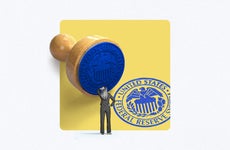
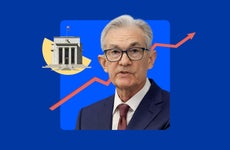
What is the federal funds rate? How the Fed controls interest rates, explained
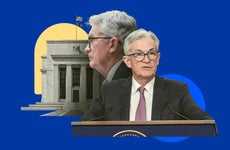
What is the Federal Reserve? A guide to the world’s most powerful central bank
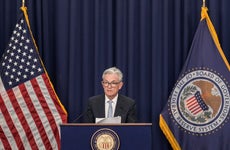
This Federal Reserve policy you’ve never heard of could have the biggest effect on your wallet